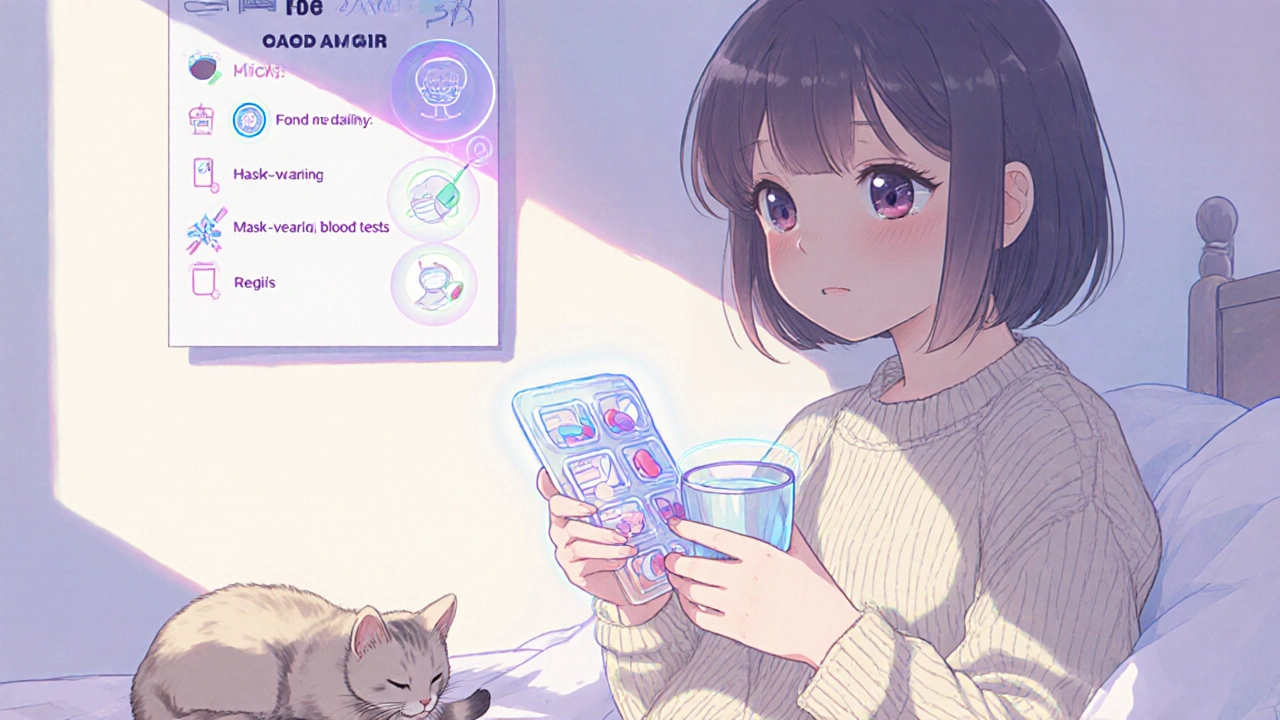Medication Reactions: Understand Side Effects, Allergies, and What to Do
When you take a new medicine and start feeling itchy, dizzy, or nauseous, it’s natural to wonder: medication reactions, unexpected bodily responses to drugs that range from mild discomfort to life-threatening events. Also known as drug side effects, these responses are common—but not all of them mean you’re allergic. Many people assume itching or a rash means they’re allergic to a drug, but that’s often not true. In fact, up to 90% of reported penicillin allergies turn out to be false when tested. The same goes for opioids: itching after morphine? That’s usually histamine release, not an immune response. It’s a pseudoallergy, a reaction that looks like an allergy but doesn’t involve the immune system. Knowing the difference can save you from avoiding effective pain relief—or worse, being given a less effective drug because of a misdiagnosis.
Then there are other types of medication reactions, unexpected bodily responses to drugs that range from mild discomfort to life-threatening events that aren’t allergies either. Think about the GI upset from ezetimibe, the dizziness from muscle relaxants like Skelaxin, or the dry mouth from antidepressants. These aren’t signs your body is attacking the drug—they’re predictable side effects built into how the medicine works. Even something as simple as reading your label wrong can cause a reaction. Taking too much acetaminophen? That’s not an allergy—it’s toxicity. Using an inhaler wrong? That’s not a bad drug—it’s poor technique. And don’t forget storage: if a child gets into your medicine cabinet, that’s not a reaction to the drug—it’s an accident waiting to happen. All of these fall under the broad umbrella of medication reactions, but they need totally different responses. One needs a doctor’s test, another needs better habits, and another needs a locked cabinet.
What you’ll find below isn’t a list of scary warnings. It’s a practical guide to figuring out what’s really going on when your body reacts to a drug. Whether it’s confusing opioid itching with a true allergy, learning how to read labels to avoid overdosing, or understanding why some generics work just as well as brand names, each post cuts through the noise. You’ll see real examples—like how griseofulvin can trigger real allergies, or how retinoids pose serious risks during pregnancy. You’ll learn how to spot the difference between a harmless side effect and something that needs immediate care. And you’ll get clear, no-fluff advice on what to do next: switch drugs, adjust your dose, store meds safely, or ask for a test. This isn’t about fear. It’s about control. You’re not powerless when your body reacts to medicine. You just need to know what you’re dealing with.

